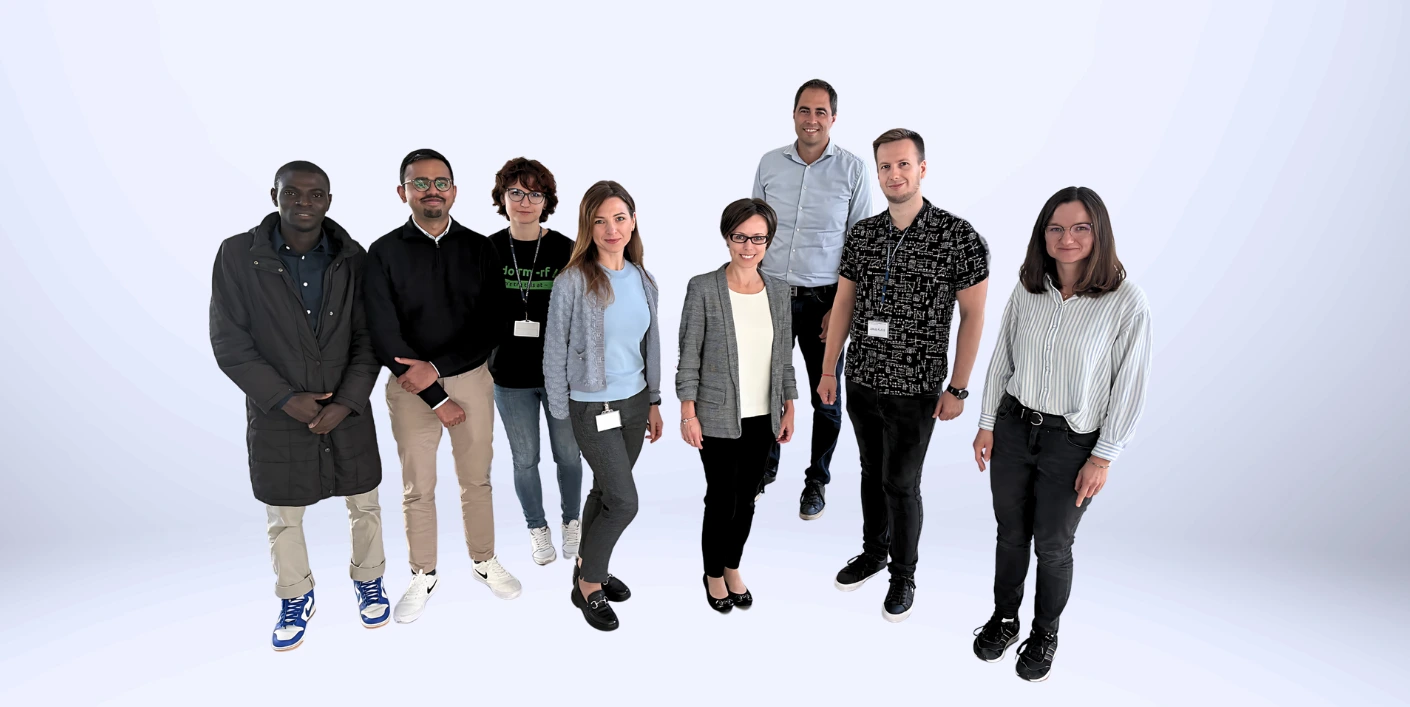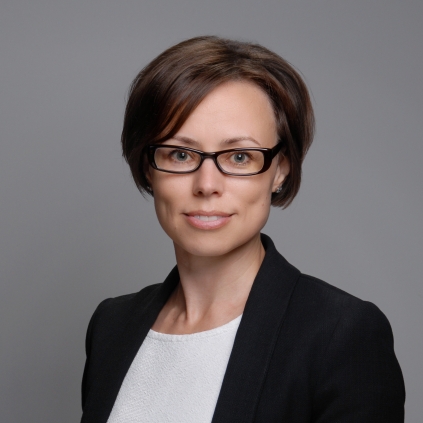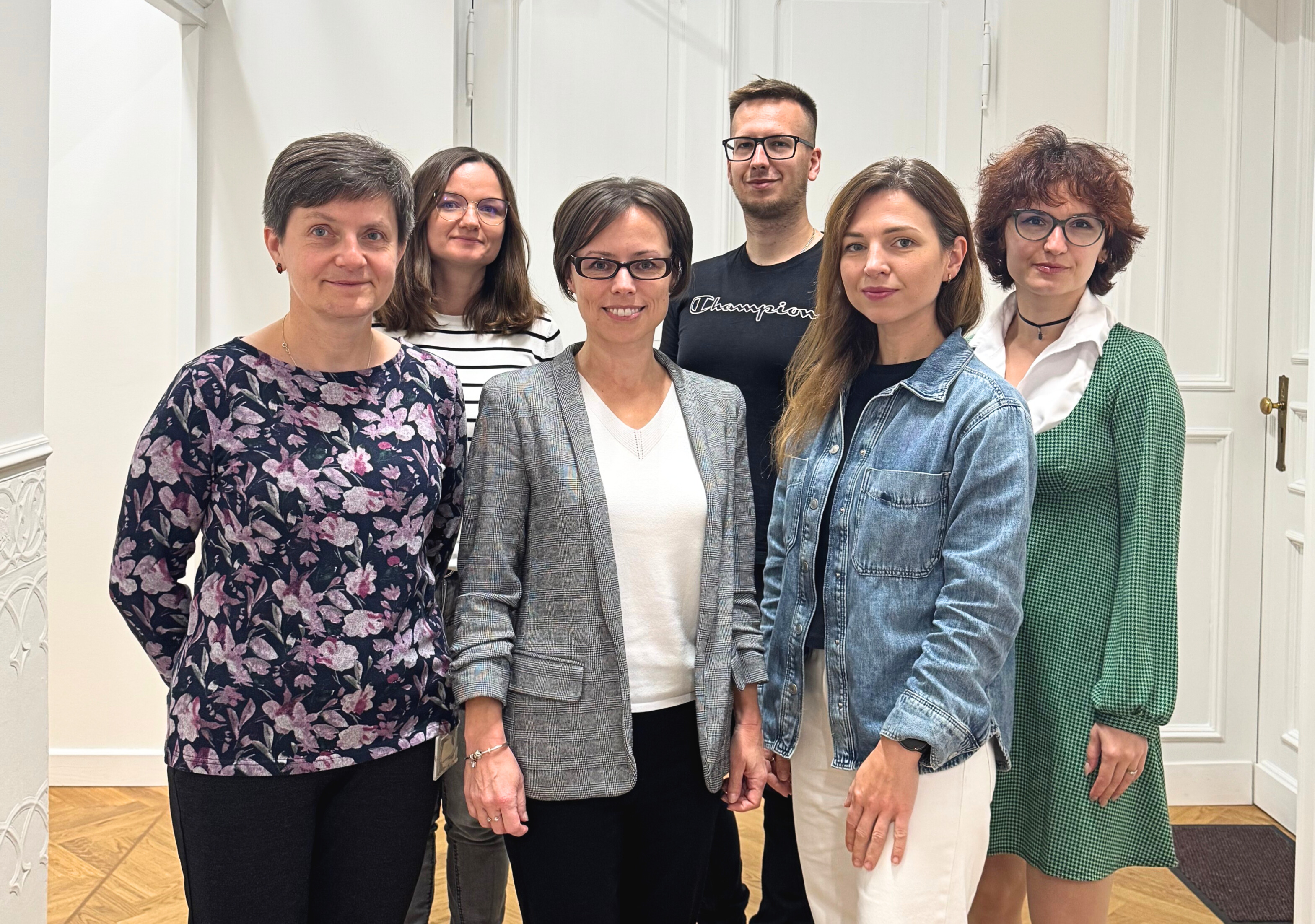The Laboratory Advancing
Polish Science One Cell at a Time

Inside the Institute of Bioorganic Chemistry Polish Academy of Sciences, a state-of-the-art laboratory charts an ambitious course for single-cell analysis
Walk through the newly refurbished halls of Poznań's Institute of Bioorganic Chemistry PAS and you'll find a laboratory that embodies Poland's scientific ambitions. Advanced microfluidic equipment shares space with cutting-edge flow-cytometers. Bioinformatics workstations process terabytes of cellular data. This is the Laboratory of Single CellAnalyses, where Dr. Paulina Jackowiak and her team are quietly transforming howPolish science approaches biological complexity.
Since establishing the laboratory in 2022,Dr. Jackowiak has built something that transcends traditional categories. While not formally designated as a core facility, the laboratory operates with that ambition, offering complete workflows from library preparation through data analysis to researchers across Poland.
The Evolution of a Scientist
Dr. Jackowiak's path from studying regulatory RNAs to leading a single-cell facility mirrors molecular biology's own evolution. Her early transcriptomics work laid foundations for understanding gene regulation, but she recognized that bulk analyses were missing crucial biological stories hidden in cellular heterogeneity.

Head of Laboratory
This recognition drove her toward single-cell technologies, combining flow cytometry, sequencing, and computational biology into an integrated vision. The result is a facility that bridges traditional molecular approaches with cutting-edge single-cell capabilities, serving both conventional research projects and more exotic endeavors.
Consider her work with planarian flatworms. These regenerative marvels, capable of regrowing entire body systems from fragments, demand extensive optimization of standard protocols. Tissue dissociation, transcriptome annotation, and analytical pipelines all require careful adaptation. Her team's recent discovery of multinucleated cells in these creatures demonstrates how tackling unconventional challenges strengthens the entire facility's capabilities.
Technology with Purpose
The laboratory has carved out particular expertise in imaging flow cytometry, combining high-throughput analysis with visual data capture. While sacrificing microscopy's resolution, this approach enables statistical power across thousands of cells simultaneously. The team has cleverly adapted machine learning tools, including UMAP-based clustering, to automatically classify cellular images. This creative problem-solving defines their approach to technical challenges.

Two experienced laboratory specialists, Dr. Anna Samelak-Czajka and Magdalena Trybus, manage experimental workflows with decades of combined expertise. Dr. Agnieszka Gąbka-Buszek and Jakub Kubiś perform bioinformatics analyses, using proven approaches and developing custom pipelines tailored to each project's demands.This integration of experimental and computational talent accelerates research timelines while ensuring data quality.
Building Beyond Boundaries
Dr. Jackowiak views education as inseparable from service provision. Regular workshops introduce researchers to single-cell technologies while building networks across Polish science. These sessions address a critical gap: many institutions own sophisticated equipment but lack the specialized knowledge to maximize its potential.
"In addition to equipment, you need expertise," Dr. Jackowiak explains, advocating for centralized facilities over distributed purchases. "This is not something you can achieve very quickly, especially when focused on your own project."
The laboratory frequently collaborates with groups that have hardware but need guidance, transforming expensive instruments into scientific insights. Creating awareness about single-cell technologies among experimental researchers throughout Poland remains an ongoing challenge, one the team addresses through active outreach and demonstration projects.
The Human Factor
What drives this team becomes clear when Dr. Jackowiak describes her greatest satisfaction: solving problems that have stymied researchers for months. Scientists arrive with technical challenges that have halted their projects; they leave with solutions and renewed momentum. These breakthrough moments motivate everyone in the laboratory.
The team balances service with scientific development, and the laboratory nurtures the next generation of researchers. Currently, PhD student Anastasiia Zaremba exemplifies this mission through her work in regulatory RNA and single-cell bioinformatics. Recent funding has secured service contracts and equipment maintenance, providing stability for long-term planning and innovation.
Charting the Course
Looking ahead, the laboratory plans strategic expansion into multiomics approaches while respecting institutional boundaries. Spatial transcriptomics, for instance, is handled by another Poznań facility, allowing complementary rather than competitive development. A particular ambition involves developing methods to analyze small RNAs at single-cell resolution, currently a significant technical frontier.
The Laboratory of Single Cell Analyses represents more than new equipment in beautiful spaces. It exemplifies how modern research infrastructure can catalyze scientific advancement in Poland. State-of-the-art technology provides the foundation, but transformation depends on people. The passion of scientists for both the technology and the biological insights it reveals drives adoption of these approaches across Polish science.
As the Institute of Bioorganic Chemistry continues its distinguished legacy, this laboratory writes its newest chapter. In the convergence of tradition and innovation, of service and discovery, Poland's biomedical future takes shape, one cell at a time.
The Laboratory of Single Cell Analyses at the Institute of Bioorganic Chemistry Polish Academy ofSciences, provides comprehensive single-cell analysis services to researchers throughout Poland and beyond.

Core Community is our initiative to connect genomics core facilities across Europe, building a collaborative network for the specialists who power scientific discovery. As a spin-off from a core facility in Lund, Sweden, we understand the challenges these essential hubs face. Through our platform, we highlight remarkable facilities across the EU while providing resources and networking opportunities for the community.
Visit corecommunity.network to learn more.


